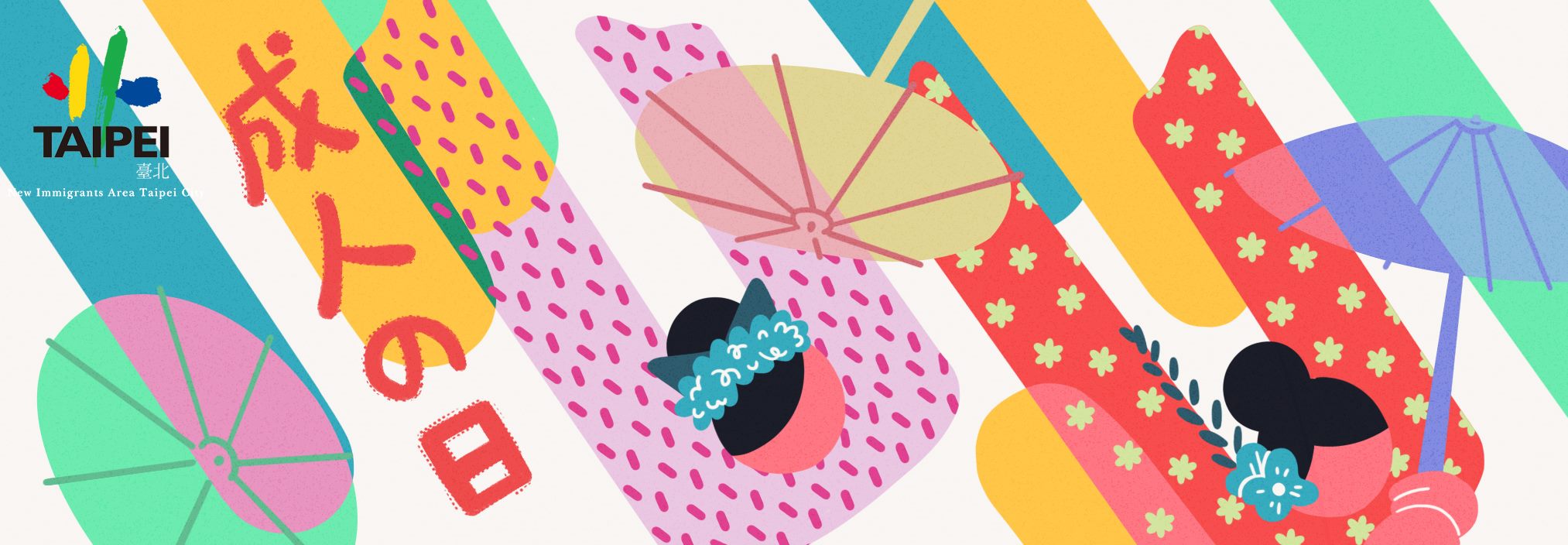Coming of Age Day is one of Japan's national holidays, celebrated to honor and bless young men and women who turn 20 years old in that year. For those participating in the Coming of Age ceremony, the greatest joy often lies in the opportunity to reunite and spend happy moments with long-missed old friends and family members. The day is observed on the second Monday of January every year. Municipal governments host special coming-of-age ceremonies for those who have turned or will turn 20 within that year, presenting certificates to mark their transition into adulthood. This transition signifies their independence and responsibility to society. However, starting from April 2022, Japan amended its laws, changing the legal age of adulthood from 20 to 18 years old. This custom dates back to the 8th century when the Crown Prince would don new garments and receive a haircut to publicly signify reaching adulthood. This tradition has been passed down and has become an important celebration and custom in modern Japan. The timing and location of the Coming of Age ceremonies are determined by each local government. In recent years, there has been a trend of hosting ceremonies in theme parks. For instance, in Urayasu, Chiba Prefecture, the ceremony is held in Tokyo Disneyland, while in Osaka City, it takes place at Universal Studios Japan. The nature and timing of these ceremonies can vary, especially in urban areas and snowy regions. A notable example is Kyoto, which hosts a special Archery Tournament on the Sunday preceding Coming of Age Day. This tournament gathers many young women nearing adulthood to perform Japanese traditional archery, kyudo. The purpose of the event is to develop endurance and self-control for the young women. On Coming of Age Day, young Japanese women often wear a type of kimono known as furisode. Furisode is distinguished by its bright patterns and slightly longer sleeves, making it the most formal style of kimono for women. The long sleeves symbolize that the wearer is of marriageable age and currently single. Meanwhile, men may choose to wear a suit or the traditional Japanese hakama. Hakama are wide-legged trousers that extend to the ankles, once a standard attire in Japan before the advent of Western fashion trends. Today, hakama are mostly worn at festivals or formal occasions, and they are also commonly used in Japanese martial arts such as Aikido, Kendo, and Iaido.
-
- 2023 Taiwan Lantern Festival in Taipei - New Immigrant Lantern Area
- Discover Taipei-Taiwanese Temple Festival
- Hong Kong and Macau Area
- Taipei City New Immigrant Gourmet Map
- New Immigrant Art Groups
- Life
- Jobs
- Social Welfare
- Learning
- Leisure
- Health Care
- Multi-Culture
- Household Act And Identity
- Nationality
- Achievements Area
- New Immigrant Participatory Budgeting Achievements
- Participatory Budgeting
- Muslim Friendly
- Education Zone for Second-generation New Immigrants
-
- 2023 Taiwan Lantern Festival in Taipei - New Immigrant Lantern Area
- Discover Taipei-Taiwanese Temple Festival
- Hong Kong and Macau Area
- Taipei City New Immigrant Gourmet Map
- New Immigrant Art Groups
- Life
- Jobs
- Social Welfare
- Learning
- Leisure
- Health Care
- Multi-Culture
- Household Act And Identity
- Nationality
- Achievements Area
- New Immigrant Participatory Budgeting Achievements
- Participatory Budgeting
- Muslim Friendly
- Education Zone for Second-generation New Immigrants

![Taiwan.gov.tw [ open a new window]](/images/egov.png)
